Cyctitis is a common disease of the urinary system associated with an inflammatory process in the bladder lining. Remarkably, one in four women will face symptoms of cystitis at least once in their life, while one in 10 will suffer from a chronic form of the disease. It is also important to compare the incidence in women and men: only 0. 5% of men develop cystitis, which is mainly caused by differences in the structure of the urinary tract and the difficulty of infection.
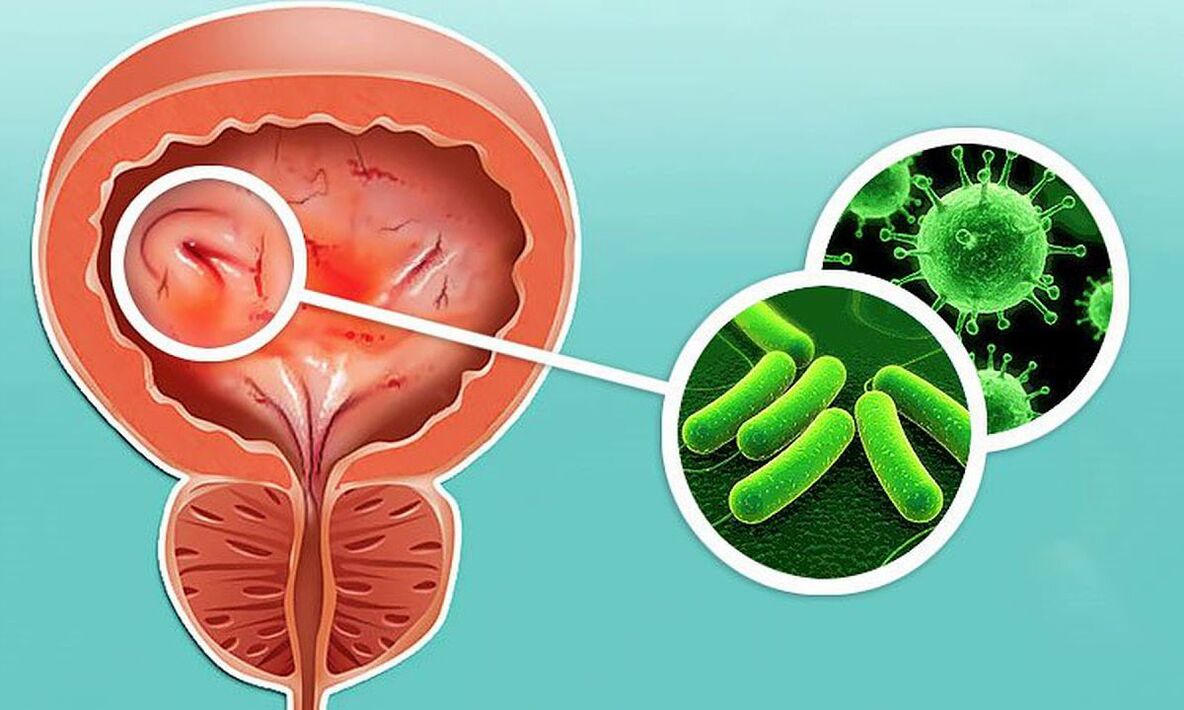
Cause of disease
Cystitis in women often occurs due to an opportunistic pathogen entering the urethra, as well as sexually transmitted infections: chlamydia, ureaplasma (Ureaplasma), fungal infections of the genus Candida, etc. v. The short and wide urinary tract is often susceptible to such infections. Cystitis in women can also occur due to the movement of pathogens through the bloodstream. The way this disease develops is called glycemic.
Another option for infection is bacterial invasion of the bladder with pathologies of the kidneys and ureters. Often such a development of events can be observed with pyelonephritis.
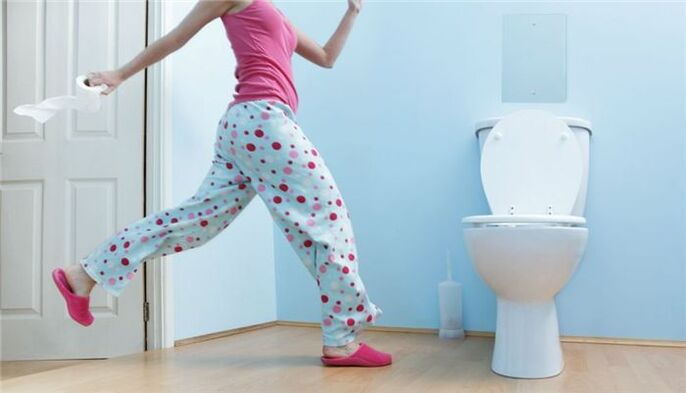
It should be noted a less common, but still occurring variant of the development of the disease, caused by abnormalities in the development of the urinary system. In addition, decreased contractility of the bladder muscles can lead to cystitis.
Signs of infection may appear particularly active in the presence of predisposing factors. Including:
- Sedentary work. Sitting in one position for more than three hours continuously causes urine to pool, which can lead to a bladder infection. Therefore, if your job involves sitting for a long time, you need to get up every hour and warm up a little every three hours.
- Constipation.
- Presence of sand and gravel in the bladder.
- Tight underwear can disrupt normal blood circulation in the pelvic organs.
- The body is often hypothermic.
- Lower back injury, spinal cord injury.
- Start sexual activity early.
- Metabolic disorders, hormonal changes in the body (eg, menopause or pregnancy). During periods of increased hormones, the body's immune system can misbehave. Please note: when carrying a baby, the expectant mother is at particular risk in case of infection and development of cystitis. Therefore, during pregnancy, you must carefully monitor your health and consult your doctor at the first signs of illness.
- Diabetes (Diabetes mellitus).
- Treatment with immunosuppressive drugs.
- Cancers.
- Unbalanced and irregular diet: abuse of spicy and fried foods, alcohol.
- Improper hygiene procedures (namely, improper washing in the direction from the anus to the vagina).
- Chances of bladder infection are high without adequate personal hygiene (wearing the same pad or tampon for long periods of time during menstruation, untimely changing underwear, constant use of tampons). daily cleaning).
- Stress, chronic lack of sleep, seriously affect the immune status.
- General decline in immunity due to the presence of chronic inflammatory focus in the body (stomatitis (stomatitis), tooth decay (Caries), rhinitis (rhinitis), tonsillitis (tonsillitis). there, this can lead to a violation of the sterility of the urethra
Separately, it is worth highlighting such a form of cystitis as interstitial cystitis, which is a consequence of serious disorders in the functioning of the immune system and is a serious chronic disease.
Symptoms and signs
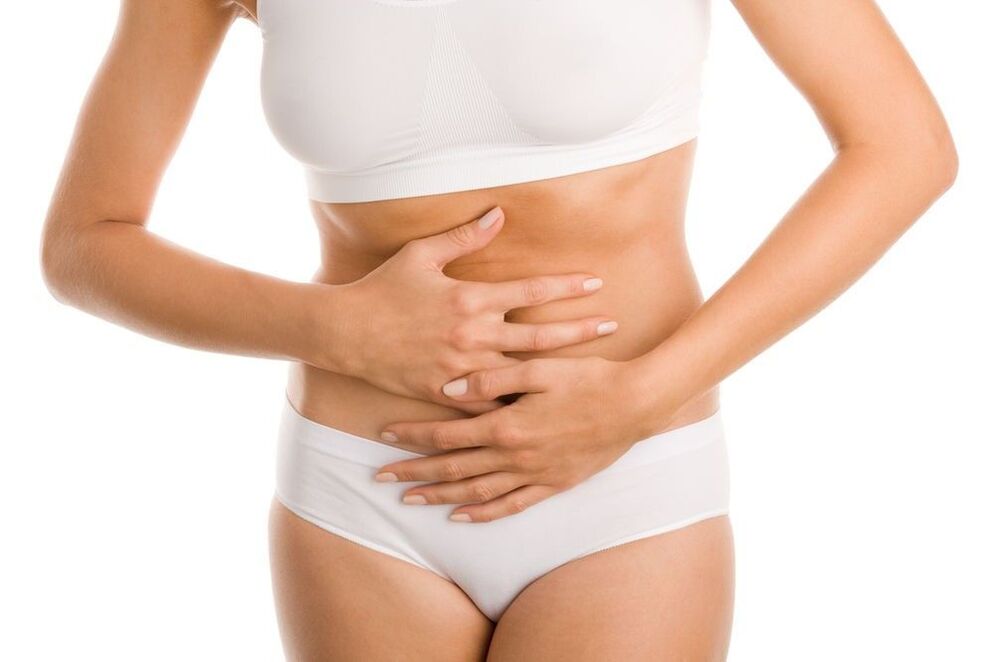
The symptoms of cystitis are very characteristic and allow you to make an accurate diagnosis right away. First, it is frequent urination (patient goes to the bathroom several times per hour) and presents with pain at the end of bladder emptying. In addition, the most prominent symptoms include:
- feeling of full bladder even after urinating;
- a mixture of blood or pus in the urine;
- cystitis urine in women has a more pungent odor;
- cloudy and scaly urine in it;
- pain in the lower abdomen;
- as the infection spreads, including to the upper parts of the urinary system, pain in the kidneys and lower back may occur;
- quite rare, but still have difficulty holding urine
If you notice these symptoms, you should consult your doctor for further diagnosis and treatment, as the advanced form has many complications.
The symptoms of cystitis bring not only physical discomfort to a woman, but also psychological ones, leaving a mark on her personal and social life. Therefore, it is necessary to react as soon as possible at the first signs of the disease and initiate treatment.
If the inflammation from the infection reaches the muscular layer of the bladder, the form of interstitial cystitis, mentioned above, can occur. In this case, urine is pushed into the walls of the organ, as well as backing up into the ureter.

If left untreated and if the infection spreads vertically, kidney disease, pyelonephritis, can develop.
Types of cystitis
It is necessary to distinguish between diseases, which differ in their mode of appearance, course, change in morphology and nature of transmission.
All types of cystitis are divided by the nature of the course into acute and chronic. We will consider both options for the course of the disease.
Acute cystitis
Against the background of the manifestation of the symptoms described above, acute cystitis causes mild fever, general malaise. The blood vessels of the bladder widen, leading to swelling of the walls of this organ. In this case, spot bleeding and uremia (Hyperaemia) were observed. In the acute phase of the disease, the mucous membranes and submucosa of the bladder are often damaged, and their epithelium is sometimes removed, and a mixture of blood may appear in the urine. The color of urine in the hemorrhagic form of the disease can vary from pale pink to opaque brown.
Chronic cystitis
When the disease enters the chronic stage, the inflammation will expand and migrate from the mucosa, the submucosa to the muscular layer of the bladder. In this case, the color of the mucosa is white or gray. If the disease is left untreated for a long time, there will be the appearance of sclerosing processes in the organ, as a result of which its volume may be reduced.
In the chronic form, all of the previously mentioned signs can be "fuzzy" and present in a hazy manner, making diagnosis difficult. If chronic cystitis is suspected, focus should be on medical history data, urinalysis and microscopy, cystoscopy, and bacteriology. Especially important in the detection of chronic cystitis is a parallel gynecological examination, since it is often the genital infection that causes the appearance of chronic forms of cystitis.
Acute and Chronic Cystitis: Which Doctor Should I Contact?
The standard tests for diagnosing cystitis in older women, adult women, and girls are general urinalysis, urine culture to detect pathological flora (bacteriuria), Nechiporenko analysis. As additional measures, modern clinics often offer bladder and kidney ultrasound, cystoscopy, and testing for STIs. In some cases, the doctor may order a urine sample to be analyzed not by standard methods but by using a urinary catheter. This may be needed to prevent vaginal discharge from entering the urine.
Treatment of acute cystitis is carried out on the basis of antibacterial drugs. Due to the fact that these drugs are excreted by the kidneys, it is very easy to achieve the desired concentration of antibiotics in the bladder, so the therapeutic effect appears as quickly as possible. To do so, two important factors must be taken into account:
The doctor should prescribe antibiotics after receiving the results of a urine culture, which will determine the susceptibility of the pathogen to the chosen drug.
Even when the disease is in remission, it is necessary to take antibiotics according to the course of treatment to the end, to avoid recurrence and progression of the disease to a chronic form.

As auxiliary measures for the treatment of cystitis, apply:
- bladder spasmolytics, general anti-inflammatory drugs;
- physical therapy;
- ozone therapy;
- Acupuncture.
For the treatment of the chronic form of cystitis, it is also possible to use local administration of drugs that block the reproduction of pathogenic microorganisms. For support, tea tree oil gel can be used. The gel is recommended to eliminate vaginal discomfort, normalize the microflora and restore the vaginal mucosa after infectious and inflammatory diseases and in the period after antibiotic therapy.
Acute cystitis
The thing to keep in mind when treating acute cystitis is always bed rest. To treat the inflammatory process in the bladder "ongoing" without giving sick leave, especially in the cold season, means that there is a risk of turning the disease into a chronic form. The disease is always accompanied by heavy stress for the body, which needs rest and convalescence. At the same time, ignoring the disease and delaying the visit to the doctor can "lead" to pyelonephritis, the treatment of which will require constant medical supervision.
Diet
To reduce inflammation as quickly as possible, you should drink plenty of water: the minimum amount of water you drink should be 1. 5 liters per day.
Nutrition for people with cystitis has some limitations. The elimination of spicy and spicy will contribute to recovery and avoid recurrence. For the duration of treatment, it is necessary to completely exclude alcohol. This applies to all alcoholic beverages.
If you find yourself in pain and passing urine frequently, with blood, scabs, or pus in your urine, don't panic. Indeed, according to statistics, cystitis in women is a very common phenomenon.
The main thing is not to delay and consult a doctor in time.
As a rule, this disease is determined when there is frequent urination with a small amount of pain, with impurities in the blood. Such processes are often accompanied by an increase in body temperature. Cystitis is dangerous with the potential to become chronic or develop into inflammation in the kidneys. Usually, cystitis is contagious.
Cystitis is common in women and men, but the general population is still susceptible to this disease due to the anatomical features of the female body. The female urethra is shorter and wider than the male urethra, so pathogens can easily enter the bladder. This explains the common cases of cystitis in women. Women of childbearing age are most susceptible to cystitis. There are many cases of recurrent cystitis, making women's health significantly affected, affecting their lives.
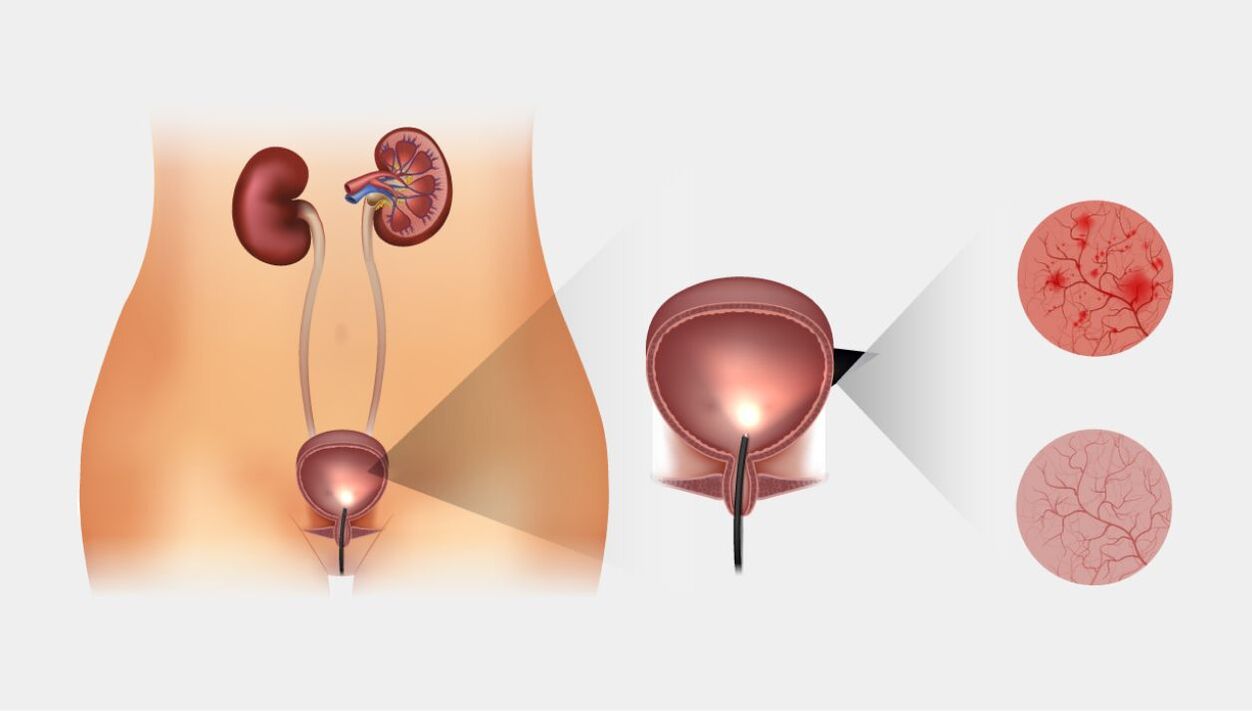
Rate of cystitis
The disease, also known as acute cystitis, is one of the most common urinary tract diseases. It is not uncommon to discover uncomplicated cystitis, in which the bacteria only affect the mucous membranes and not the submucosa.
Based on scientific studies, it can be argued that in our country every year from 26 to 36 million people suffer from acute cystitis.
Girls get cystitis almost three times more often than boys. It is sometimes diagnosed in infants and children under 1 year of age, and it is more common in children between the ages of one and three, and especially between the ages of 13 and 15. As a rule, cystitis usually occurs in patients from 4 to 12 years of age.
Chronic cystitis is one of the most common urinary tract diseases today. Based on these studies, chronic cystitis can be observed in 11-21% of the population. The significant data dispersion is due to a different approach regarding the definition of chronic cystitis. Some study authors write that the diagnosis of "chronic cystitis" should be considered when exacerbations occur twice a year or more.
cystitis in the summer
There are very few women who do not feel the symptoms of cystitis on themselves, when the joy of wonderful summer days is overshadowed by such an unpleasant illness. In addition, in the summer, especially when women go on a business trip away from home and find themselves in an unusual environment, there are many causes leading to the occurrence of cystitis.
Typically, summer cystitis occurs due to the following factors:
- living in a new place during the holidays, which causes problems with personal hygiene;
- hypothermia, which occurs from a long bath in cold water;
- violation of the usual mode of urination, in connection with a move, flight or in a new place;
- Severe climate change, adversely affecting human immunity.
An additional factor in the threat of developing cystitis in some cases is an increase in sexual activity, which, against the background of the above conditions, is not favorable for the female body.
In case your weekend or vacation is nevertheless affected by the occurrence of such an unpleasant illness, you need to make an appointment with a urologist as soon as possible. To clarify the diagnosis, you will need an ultrasound of the bladder, urinalysis. Today's antibacterial drugs effectively act directly on the causative agent of cystitis and can accelerate the healing process, as well as prevent the development of acute cystitis into a chronic form.
Modern drugs are in contrast to previous generation drugs that act on the whole body of the patient, affecting only the inflamed area of the bladder, minimally affecting other parts of the person. The maximum concentration of the drug is revealed exclusively in the urine and the inflamed bladder mucosa. This allows you to minimize the toxic impact on other organs and focus the entire burden on the treatment of cystitis.
Among the drugs used to treat this disease, it is worth noting the one with fosfomycin. He, due to his high selectivity in actions with a minimum amount of toxins on the body, has another useful quality - the drug then does not cause phototoxicity. This is the name of a side effect that can be caused by many medications used to treat cystitis. Manifestations of phototoxicity are increased sensitivity to sunlight, redness or burns under the influence of ultraviolet rays even at low intensity. Phototoxicity occurs due to the presence in the compositions of substances with photosensitive or reflective properties. These substances cause the appearance of a significant amount of free radicals in the skin, which causes the destruction of skin cells, inflammation and even burns.
Unlike other medications for cystitis, fosfomycin is not phototoxic, which means it can be used without disrupting a planned beach resort. plan. The advantage can also be called maximum no side effects, and this makes it possible to treat cystitis in children and pregnant women safely and very effectively.
cystitis during pregnancy
Women are often very interested in the question of how this disease affects pregnancy. In all patients, cystitis causes discomfort, and for a woman in this position, who has a weak immune system, this disease can become a serious test. Pregnant women have to face the symptoms of bladder infection, they have to go through a lot of trouble. Cystitis during pregnancy is certainly dangerous, but seeing a doctor in time can prevent unwanted consequences. Self-medicating or ignoring the disease can cause a very serious complication, such as a kidney infection. Bacteria can seriously damage them. Inflamed bladder lining can also adversely affect the unborn baby. Likely to give birth prematurely, underweight.
Cystitis in children
It is generally accepted that only adults are affected by cystitis, but this is not the case. In addition, there is no age limit for this type of disease. Adults, children, and the elderly can also get the disease. Both men and women and very young patients have cystitis, but the treatment of cystitis in children has its own characteristics.
Very often, cystitis in children occurs due to hypothermia. Bacteria are the main pathogens, and fungal and viral infections are extremely rare.
Causes of cystitis
In 70–95% of patients with acute cystitis caused by Escherichia coli (E. coli), 5–20% were observed with Staphylococcus aureus (Staphylococcus saprophyticus), in the remaining patients, Proteus mirabilis acted as thepathogens. ) and Klebsiella (Klebsiella spp. ).
As a rule, cystitis is caused by organisms of the opportunistic flora. Studies have confirmed that the causative agent of cystitis may not necessarily be bacteria, it is entirely possible that cystitis will be caused by mycoplasma viruses, chlamydia, Trichomonas and other fungi. .
The prevalence of cystitis in women is high not only because of the small length of the urethra, but also because of its wide lumen and physiological location relative to other organs. The urethra in women, unlike the urethra in men, is closer to the anus. Due to the anatomical features of such a woman's body, the body is poorly protected from pathogenic bacteria entering the urethra, then bacteria easily migrate to the bladder causing cystitis.
In men, cystitis is less common. The most common causes of this disease in men are inflammation of the urethra, epididymis, seminal vesicles, and prostate gland. It occurs that the penetration of infection into the area of the urethra occurs due to urinary catheterization. The risk of cystitis doubles after bladder catheterization in men with BPH, where frequent urinary retention is one of the symptoms. The likelihood of developing cystitis is also increased after catheterization of pregnant women or women who have just given birth, this is based on a decrease in the sound of the urinary tract.
Symptoms of cystitis
In adults, cystitis often causes frequent urination, painful urination. The nature of the pain is described as a burning sensation. Urine changes, may have a strong fishy smell, cloudy and bloody. At this time, the health condition may deteriorate and the feeling of constant pain in the lower back may be felt. In the elderly and children, the symptoms of cystitis are often not so obvious. They can be characterized by symptoms such as fever, abdominal pain, and nausea.
Diagnosis of cystitis
When diagnosing the disease, the urologist will check the results of a urinalysis, as well as the results of an ultrasound of the bladder. To determine the cause of cystitis, they use a culture of bacteria in the urine, and also take a swab from the urethra. In most cases, bacteria belonging to the opportunistic flora, namely staphylococci, streptococci, E. coli, etc. v. , can be the cause of cystitis. Most often, cystitis occurs due to infection with pathogens that can be sexually transmitted - ureaplasma and mycoplasma. Treatment of cystitis involves the effect of drugs on infectious agents that can provoke the development of the disease.
Treatment of cystitis
It is possible to quickly cure cystitis and even completely restore the mucous membrane if you do not delay the start of treatment, but immediately use drugs that are sufficiently effective. The chance of complete cure of cystitis increases with timely accurate diagnosis and the use of drugs that target the infection center. Initiating treatment at a later stage or using a prescription that only eliminates the symptoms of cystitis without affecting the causative area can turn acute cystitis into a chronic one.
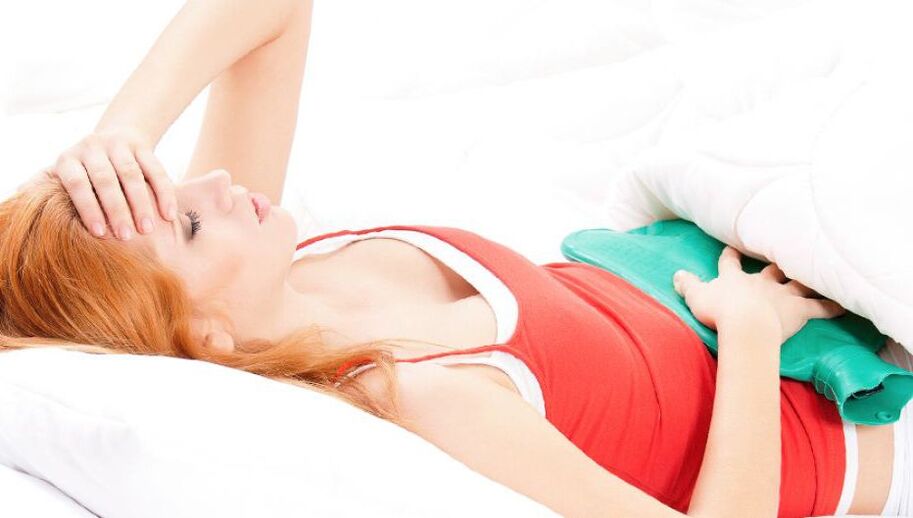
The main task faced by the doctor treating cystitis is to destroy the pathogenic bacteria that enter the bladder area and cause inflammation of the lining. The determination of drugs for the course of antibiotic therapy of the disease occurs according to the following parameters: duration of the disease, severity of symptoms. In addition, in the process of drug selection, possible side effects, the method and rate of their excretion, absorption of the drug, the presence of other diseases, and much more are taken into account. .
To date, there are relatively affordable drugs for cystitis, which selectively act on the causative agent, which a qualified doctor will advise on such treatment. When taken into the body, the drug will concentrate inside the bladder, helping to increase its effectiveness. In addition, the use of modern antibiotics helps to reduce the treatment time for cystitis, to combat side effects to the maximum and to reduce the risk to the whole body of the patient.
Useful tips to prevent cystitis
- try to avoid hypothermia;
- despite the circumstances, carefully observe the rules of hygiene;
- when carrying out hygienic procedures, use neutral and gentle products;
- during menstruation, change tampons in time;
- go to the toilet on time, without delay if there is a need;
- drink more fluids;
- it is recommended to give up tight clothes, tk. it can, compress, worsen blood circulation in the pelvic region;
- try to normalize bowel movements. If you tend to be constipated, you should increase your intake of fresh fruits and vegetables.
In this case, the symptoms and treatment of cystitis will not be a problem for you.


























